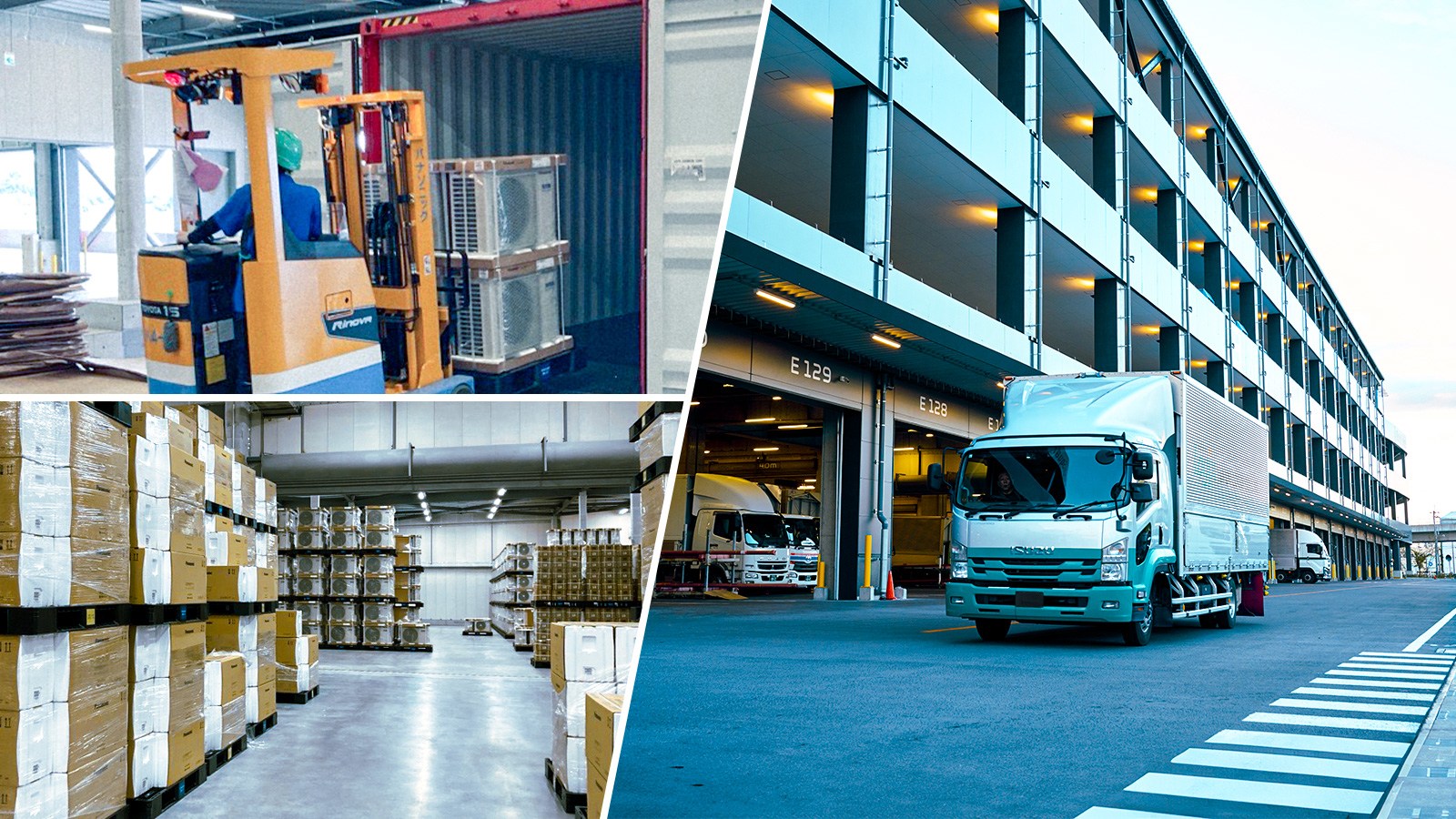
Dec 09, 2025
- Company
- Stories
- Business Policy
- Operating Company

Summer isn’t just about playing, it’s also about learning! Learn more about Panasonic with our Top 5 Posts from July!
Check out our DX initiative to optimize operations and management and improve competitiveness using digital technology called Panasonic Transformation (PX).
Meet our latest sustainable solution to Beat Plastic Pollution called kinari, a recyclable material made from plant-based cellulose fiber that can be used to make everyday items and is durable enough to be used as a core component in consumer goods.
Join the discussion on diversity, equity, and inclusion with this article about the Group’s DEI Forum 2023, a global session with members from around the world sharing their thoughts.
Looping back, everyone is so excited about kinari that posts about it made the top 5 list twice! Check out the second for an in-depth look at the plastic waste problem and what Panasonic is doing to combat it with Panasonic in Numbers.
Finally, when you think of summer, you think of the sun, and so does Panasonic! Read about our 1,800 square meter roof-mounted solar power generation system at a facility in Wiesbaden, Germany, which is reducing CO2 emissions and cutting electricity costs.
– Posted on July 7, 2023

Panasonic Transformation (PX) is a Group-wide DX initiative to optimize operations and management and enhance competitiveness through the use of digital technology. The goal of PX is to promote efficiency through better business processes that maximize the benefits of IT.
Breaking free of old systems, processes, cultures, and mindsets, PX will allow Panasonic Group to innovate the way we do business and the way we work, increasing our contributions to customers and corporate value.
– Posted on July 25, 2023

Meet kinari, our new sustainable solution to Beat Plastic Pollution.
Kinari is a recyclable material made from plant-sourced cellulose fiber, that can be used to make everyday items, and is durable enough to use as core components in consumer goods.
Born after a team of environmentally conscious engineers hit upon the idea of amalgamating biomass, kinari is an all-new, high-density material composed of cellulose fiber taken from a variety of waste plant materials—including used coffee grounds, excess trees cleared from woodland and residues from sake brewing—and bonded together by a minimal amount of oil-based resin.
“A fully Closed Loop society is something we are aiming to achieve with kinari,” says Masashi Hamabe, a key figure in the development of the material. The kinari production process is an appropriately eco-friendly one, and can be used to fabricate attractive items with a natural woodgrain texture or in a variety of colors.
– Posted on July 13, 2023

How can we leverage and apply our cross-cultural experiences to promote Diversity Equity and Inclusion in our day-to-day business? This year at Group DEI Forum 2023, global session invited employees from the E.U., North America, Latin America, and Japan to share their thoughts around the topic.
Key topics
– Posted on July 11, 2023

Globally, 367 million tons of plastic waste are produced every year. Single-use plastics such as cups, drinking straws, and utensils have a serious impact on the environment because they are not reusable.
Panasonic has been researching the use of cellulose fiber to create a more sustainable material based on a resin that is a highly functional and reusable with a lower environmental impact.
To date, Panasonic research has confirmed that kinari cellulose fiber molding material can achieve a biomass content greater than 90%.
– Posted on July 21, 2023
Following the implementation of a 1,800-square-meter, roof-mounted solar power generation system at its facility in Wiesbaden, Germany, Panasonic Europe is reducing its CO2 emissions and bringing down electricity costs.
Commissioned on June 14, the installation is the size of three tennis courts and expected to produce 299,000-kilowatt hours of green solar energy annually, covering approximately 42% of annual electricity requirements at the facility. Employees can even charge their e-cars while they work!
The content in this website is accurate at the time of publication but may be subject to change without notice.
Please note therefore that these documents may not always contain the most up-to-date information.
Please note that German, Spanish and Chinese versions are machine translations, so the quality and accuracy may vary.